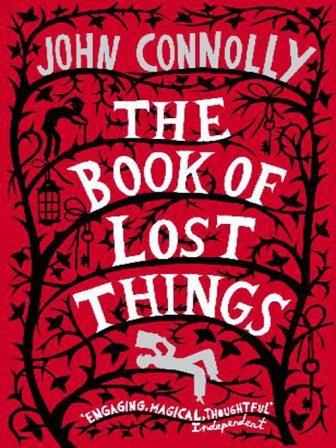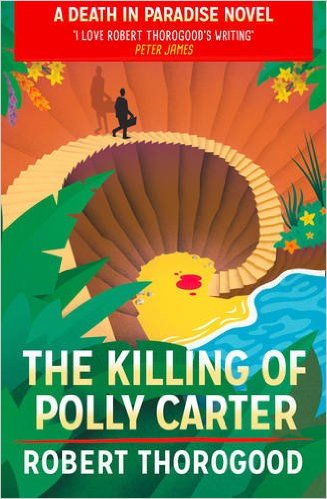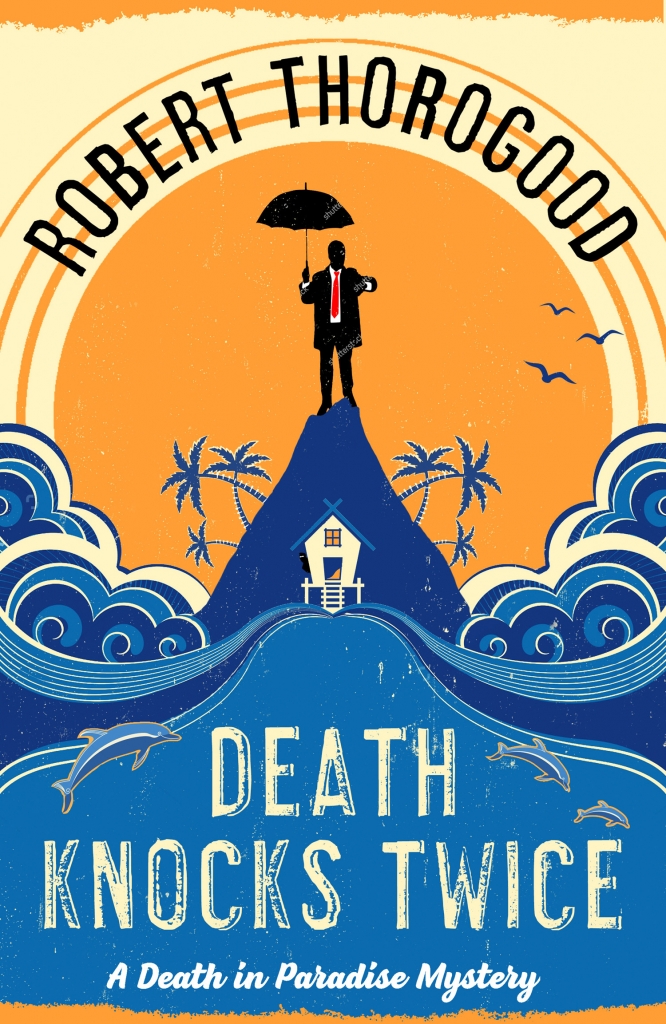
I wasn’t initially convinced by ‘The Book of Lost Things’.
An adult fairytale? Yes, possibly, if kept fairly short and written by someone like Angela Carter. But 502 pages of adult fairytale? At least it wasn’t recommended by Richard and Judy, which most of the books I read for my fiction book group seem to be, and which I generally regard as the kiss of death. (Let’s face it: they recommended Jodi Picoult – great on issues, terrible at decent storytelling – and Mark Mills – terrible at storytelling and great at, um…) Anyway, the Independent apparently thought it was ‘magical’ and the Times had made it part of their book group. How could it go wrong?
‘Once upon a time – for that is how all stories should begin – there was a boy who lost his mother…’
David has lost his mother to cancer, despite his best efforts to prevent it. He feels guilty and alone. He’s living in an attic bedroom and his dad has found a new girlfriend, rather quickly. In short, life is not playing fair. In life, his mother loved books and David has inherited this love. His mother once told him that stories were alive and this seems to be true in more than one sense, as they begin talking to David.
‘That was when the trouble started.’
Connolly likes a dramatic flourish. At the end of the first chapter the reader is informed that ‘bad things came’ and a ‘Crooked Man began appearing to David’. In the second, we learn that the arrival of his father’s new girlfriend appears to cause another problem: ‘the attacks began’. While I often find overly dramatic storytelling irritating, it seems appropriate in a story of this ilk and the dramatic flourishes added a sense of childlike excitement as everything seemed bigger than reality.
David is struggling to cope with the changes in his life and becomes a sympathetic figure quickly, despite the rather anonymous opening paragraphs which describe him as ‘the boy’. David’s father can see this but, rather than talk to his son, his answer is to visit a psychiatrist. I found this scene quite amusing as David cannot understand the fellow’s seemingly daft questions and requests. I thought that the ability to view the world through David’s eyes was a real strength of Connolly’s and I quickly adapted to David’s point of view. This is important as, gradually, David becomes absorbed by the strange books in his new room until eventually he crosses into a strange and troubled land full of familiar and unfamiliar folk. I was able to accept this move into fantasy as I felt empathy for David’s situation and cared about him as a character.
Men who Dwell by Railway Tracks
In the fantasy world David meets a range of figures and his interactions with them form the heart of the novel. Connolly takes well known (and sometimes perhaps less well known) fairytale figures and integrates them into a sophisticated coming of age story. I really enjoyed this aspect of the novel, especially since there was often a twist involved. For instance, do you know why the dwarves really work for Snow White? Or that these diligent miners are actually communists seeking to fight oppression? I particularly enjoyed the humour in Connolly’s retelling of these old tales.
Connolly is definitely not afraid of the darker side of life, in the ‘real’ world and the fairytale world David slips into. A heavy sense of threat deepens as David struggles to achieve his goal. The novel was saved from gloom by its own nature – a fairytale is, however powerful, still a story – and by the interest engendered through the adaptation of the original tales. There is plenty of death and several dashes of heroism which help to keep up interest in the story. Ultimately, life in the fantasy world is nasty, brutish and short. Although events are often gruesome they are never gory, which I appreciated as I have a rather delicate stomach!
Of the fortress of thorns
Another fairytale / children’s story aspect of the novel is that the chapters are titled and hint, albeit obscurely, at what is to come. Again, this is normally a feature that irritates me (I like narrative surprises) but, again, in the context of this self-proclaimed fairytale, they seemed appropriate. Later in the novel I sometimes used them to guess what fairytale was coming up next and so overall I thought they were worthwhile to add a little bit of interest while reading.
The ultimate narrative arc is somewhat predictable – it is, after all, a fairy story – but the details are well plotted and the plot is quite imaginative. It was never a dull read, although I never found it compelling either and was perfectly able to leave the book aside for periods of several days. The ending was intriguing and I wondered whether it was meant to have a religious significance. However, I was rather startled by the ending because, despite me feeling like the story was racing to a conclusion, there were 150 pages left…
The Book of Poor Referencing
The 150 pages seek to explain what has gone before. There is a relatively interesting interview with the author in which he elaborates on his intentions and ponders the deeper significance of his text. This accounts for a few pages and the rest is ‘notes’ on the book. Each note considers the origins of each tale used, then considers how the writer has used them in this book to develop David’s story, then gives an account of the original fairytale. I had several objections to this appendix.
There is no attempt to match the stories to the relevant chapters and no index page.
Firstly, it seems a little bit pretentious to me, writing many pages to justify your choices in your own novel. Surely the intentions were either clear and successful or unclear and, well, less successful. Writing your own York notes just seems a bit up-your-own-bottom. That said, I can appreciate that some readers would find these notes interesting. I read them and found some of them interesting myself.
However, Connolly, or perhaps, more accurately, his editor or publisher, does not seek to help the interested reader at all. There is no attempt to match the stories to the relevant chapters and no index page, so when I genuinely wanted to find out more about a tale, I had to search through the whole lot. I didn’t find the organisation helpful and found it a little bit frustrating.
Finally, I would question the necessity of reproducing each tale in full, especially in this era of easily accessible broadband. Before I realised that the final third of the ‘novel’ was actually a set of student notes, I had already googled a couple of the unfamiliar tales. Even after I knew the notes were in the book I preferred to explore the tales I was interested in on the web where I could chase links about until I had exhausted my curiosity. Of course, it’s true that not everyone has the same easy access to the internet, but this brings me back to my previous point: why isn’t the material more helpfully organised?
The whole package feels like an ill thought through bolt on. Did someone suggest that 503 pages looked better than 348? It’s a cynical thought but one that has recurred to me.
Of All That Was Lost And All That Was Found
The story ends suitably for a fairytale and is an interesting enough read. It is easy to read without being gripping or dull. The central character is sympathetic and I found it easy to empathise with him despite his extraordinary circumstances. Although I found the premise – and often the execution – of this novel interesting, I don’t imagine I will reread it. It’s worth a read to enjoy the ways Connolly adapts these traditional tales, but I’d borrow it rather than buying it. The storytelling was imaginative but it didn’t set fire to my imagination.


